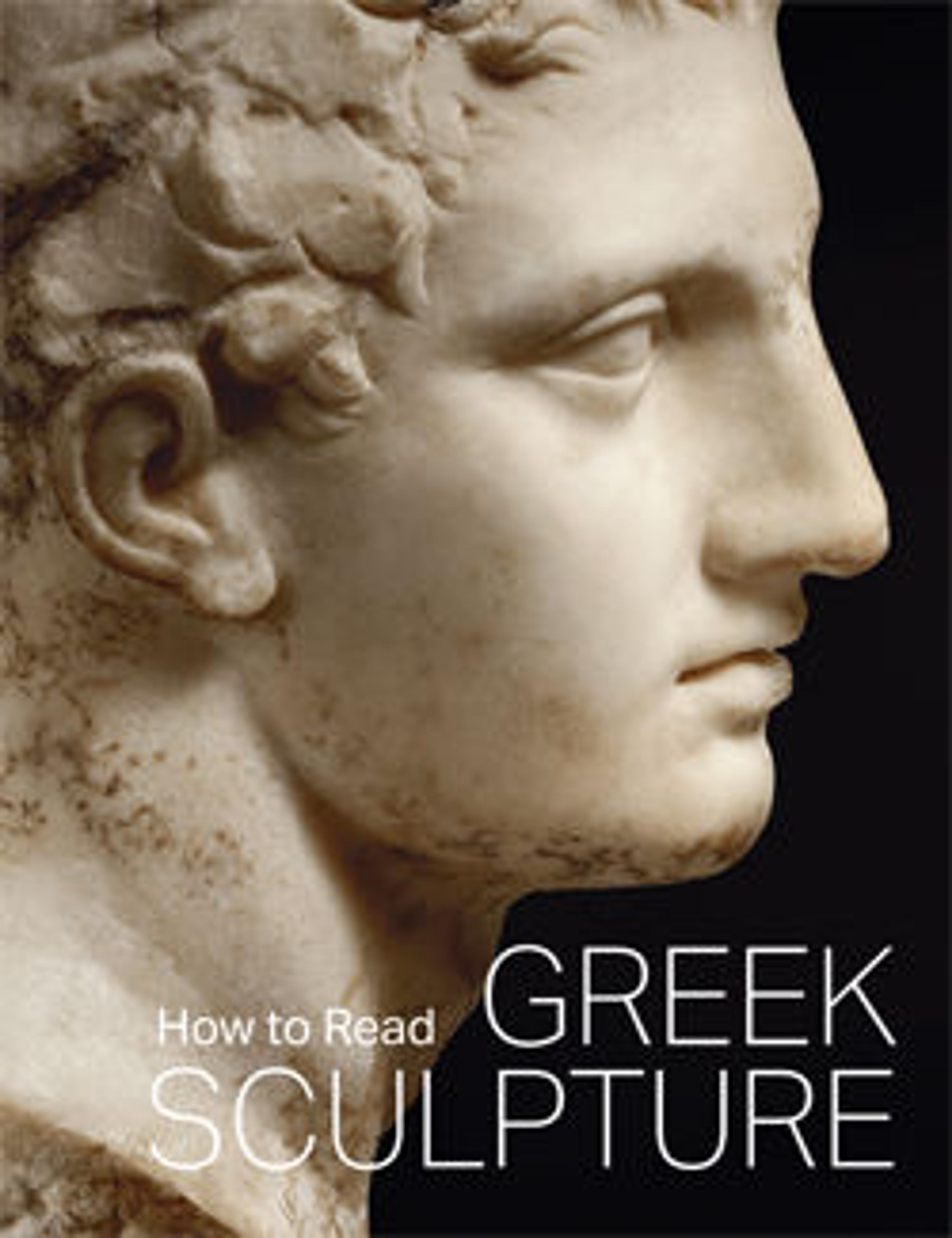English
Bronze mirror with a support in the form of a draped woman
The integration of three-dimensional figures into the design of a functional object is a hallmark of Greek art. A variety of elements–human, animal, and mythological–animate this mirror disk. A statuette of a woman standing on a base supports the mirror. Her simple woolen peplos falls in columnar folds. Her serious expression and quiet stance are typical of the restrained early Classical statues that were created from about 480 to 450 B.C. Two winged Erotes hover about her head. A hound chases a hare up either side of the disk; a siren, part bird and part woman, perches on the top.
Artwork Details
- Title: Bronze mirror with a support in the form of a draped woman
- Period: Classical
- Date: mid-5th century BCE
- Culture: Greek, Argive
- Medium: Bronze
- Dimensions: 15 15/16 in., 2 lb. (40.4 cm, 0.9 kg)
- Classification: Bronzes
- Credit Line: Bequest of Walter C. Baker, 1971
- Object Number: 1972.118.78
- Curatorial Department: Greek and Roman Art
Audio
1043. Bronze mirror with a support in the form of a draped woman
0:00
0:00
We're sorry, the transcript for this audio track is not available at this time. Please email info@metmuseum.org to request a transcript for this track.
More Artwork
Research Resources
The Met provides unparalleled resources for research and welcomes an international community of students and scholars. The Met's Open Access API is where creators and researchers can connect to the The Met collection. Open Access data and public domain images are available for unrestricted commercial and noncommercial use without permission or fee.
To request images under copyright and other restrictions, please use this Image Request form.
Feedback
We continue to research and examine historical and cultural context for objects in The Met collection. If you have comments or questions about this object record, please complete and submit this form. The Museum looks forward to receiving your comments.
